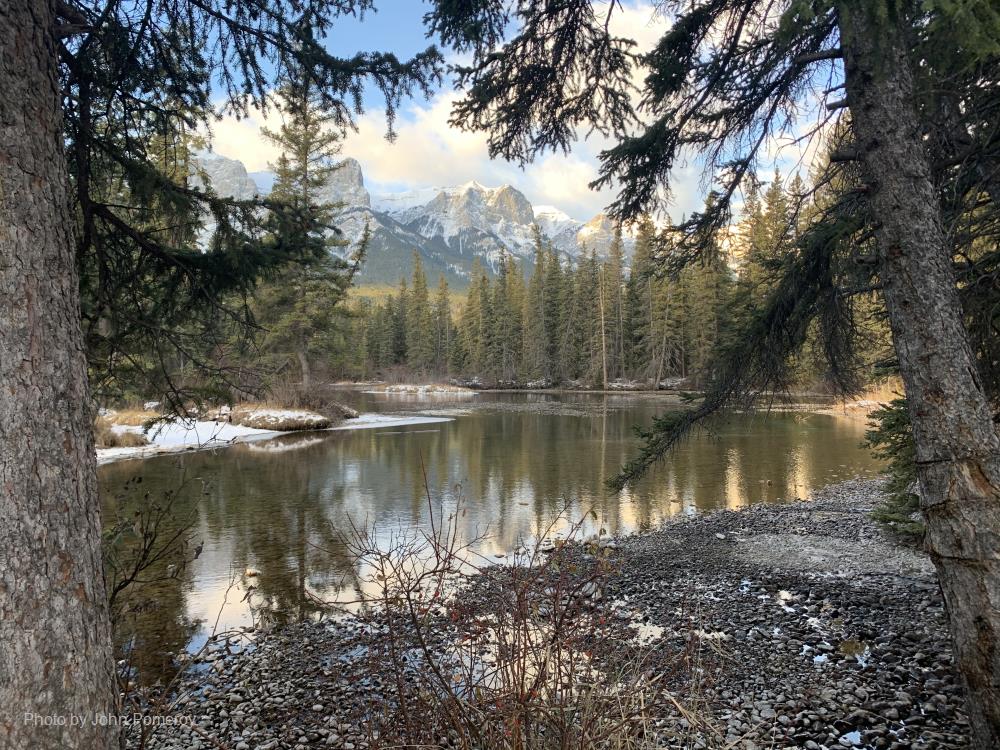
Related items loading ...
Section 1: Publication
Publication Type
Conference Presentation
Authorship
McLay Sean, Yates Adam, Dhiyebi Hadi, Bragg Leslie, Hicks Keegan, Krynak Edward, Servos Mark
Title
Indications of benthic macroinvertebrate assemblage recovery following wastewater treatment upgrades
Year
2022
Publication Outlet
AOSM2022
DOI
ISBN
ISSN
Citation
Sean McLay, Adam Yates, Hadi Dhiyebi, Leslie Bragg, Keegan Hicks, Edward Krynak, Mark Servos (2022). Indications of benthic macroinvertebrate assemblage recovery following wastewater treatment upgrades. Proceedings of the GWF Annual Open Science Meeting, May 16-18, 2022.
Abstract
Treated effluent from wastewater treatment plants (WWTPs) can be a source of substantial nutrient and contaminant loading, altering water chemistry and ecological conditions in receiving waters. To address these potential wastewater impacts, the Region of Waterloo invested in major upgrades to the two largest WWTPs in the region (Kitchener, Waterloo) over the past decade. As a part of efforts to monitor the effectiveness of these investments, the Region of Waterloo initiated a benthic macroinvertebrates (BMI) monitoring program sampling upstream and downstream of effluent outfalls. Using monitoring data collected in the fall every three years between 2009 to 2018, the response of the BMI assemblage to the upgrades at the Waterloo and Kitchener WWTPs was assessed. Spatial and temporal analyses of BMI suggested that the impacts of the Waterloo and Kitchener WWTPs are reducing over time, with upstream and downstream assemblages becoming more similar following upgrades. Average Bray-Curtis dissimilarity between upstream and downstream (near) sites decreased from 0.46 (± 0.11) to 0.35 (± 0.08) from 2009 to 2018 at Waterloo, and decreased from 0.70 (± 0.08) to 0.33 (± 0.05) between the upstream and downstream (far) site from 2009 to 2018 at Kitchener. These findings support that WWTP upgrades are succeeding in improving the receiving water quality, although recovery is likely still ongoing. Cumulative effects of wastewater and other stressors arising from non-point sources of nutrients and contaminants, including agriculture and urban stormwater, remain a challenge in the Grand River.
Plain Language Summary
Project: Linking Multiple Stressors, Core Team: Technical
Section 2: Additional Information
Program Affiliations
Project Affiliations
Submitters
|
Sean McLay | Submitter/Presenter | smclay@uwaterloo.ca | University of Waterloo |
Publication Stage
N/A
Theme
Water Quality and Aquatic Ecosystems
Presentation Format
10-minute oral presentation
Additional Information
AOSM2022 First Author: Sean McLay, University of Waterloo Additional Authors: Adam Yates, University of Waterloo; Hadi Dhiyebi, University of Waterloo; Leslie Bragg, University of Waterloo; Keegan Hicks, Government of Alberta; Edward Krynak, University of Waterloo; Mark Servos, University of Waterloo


 GWFNet
GWFNet Master
Master Data
Data Research
Research Map
Map
 Advanced
Advanced Tools
Tools
 . . .
. . .
 Metadata Editor
Metadata Editor
 Record List
Record List
 Alias List Editor
Alias List Editor
 Legacy sites
Legacy sites